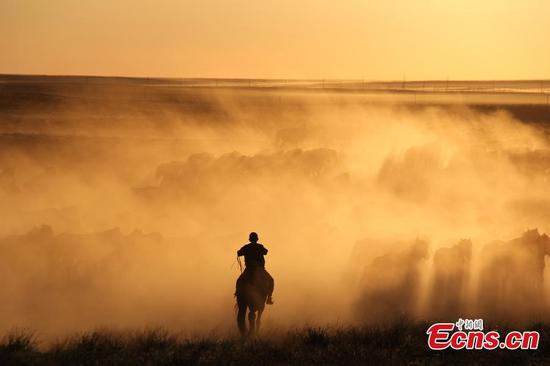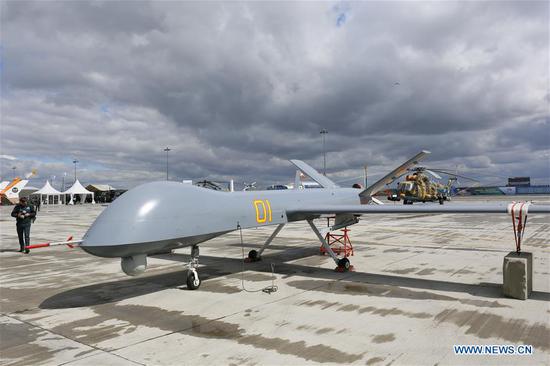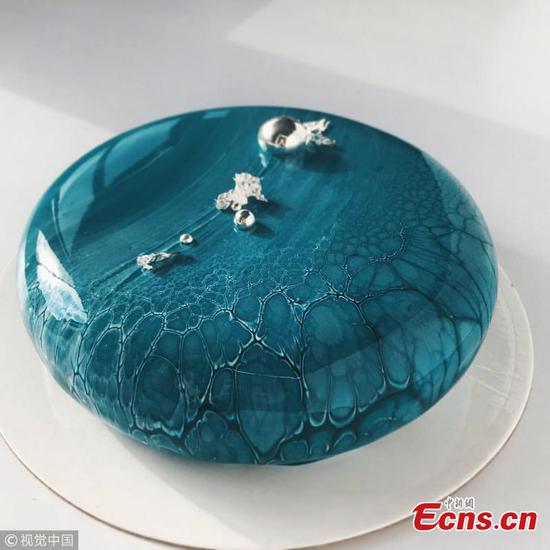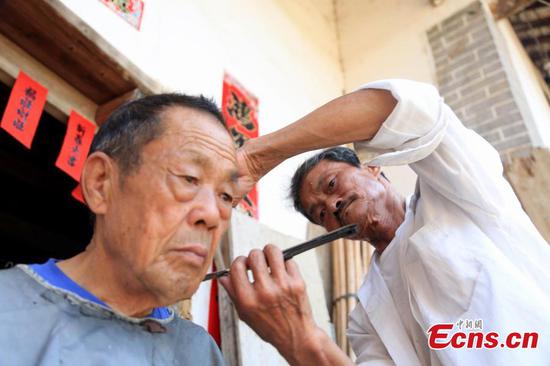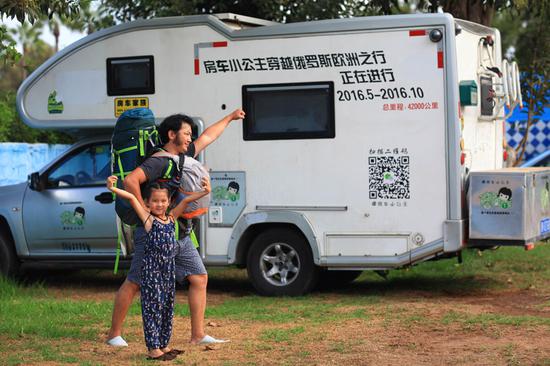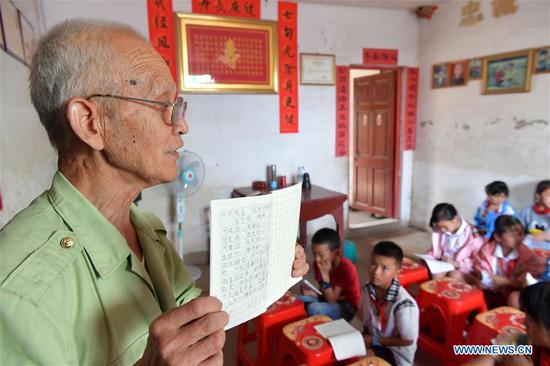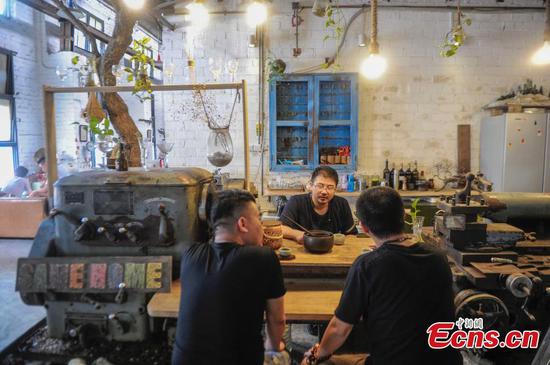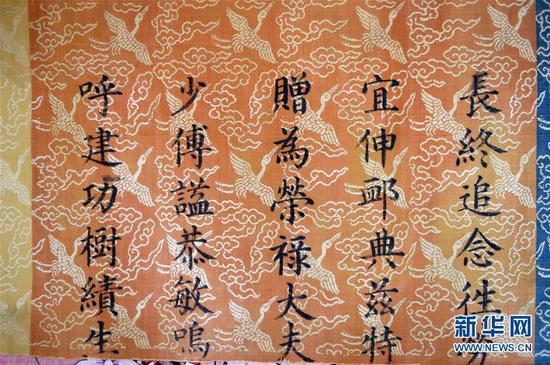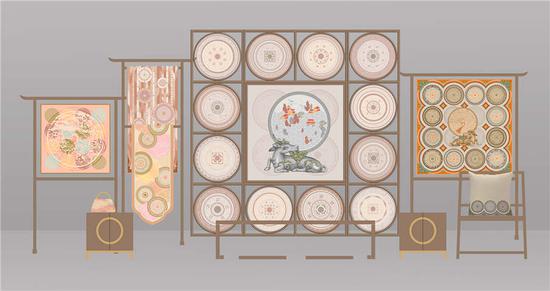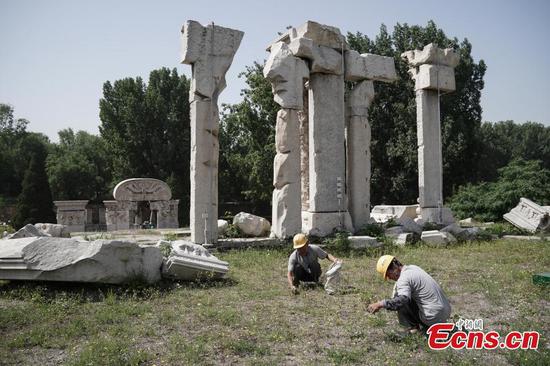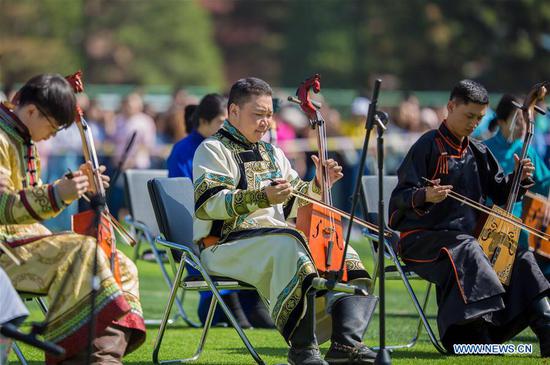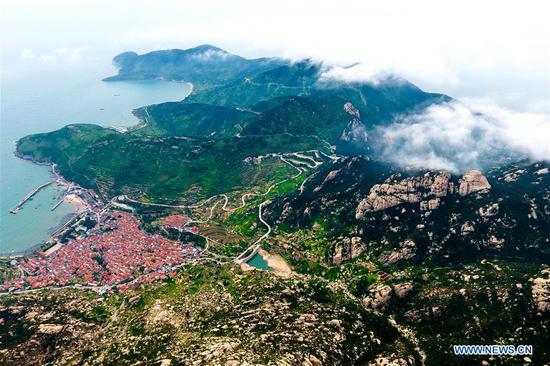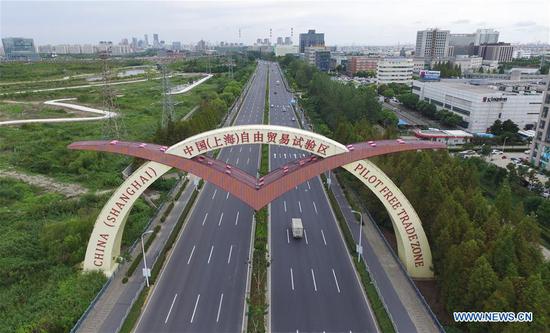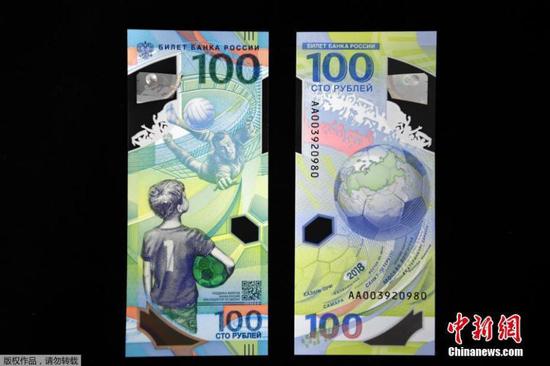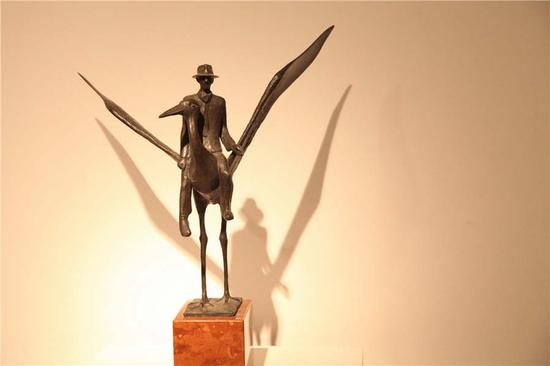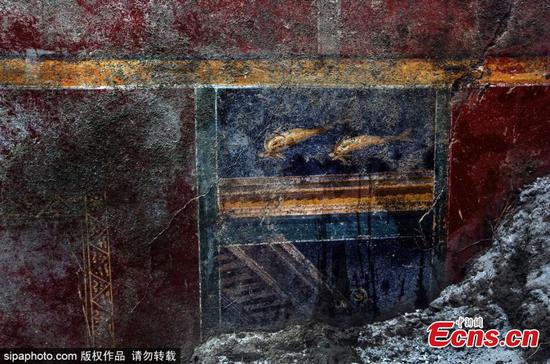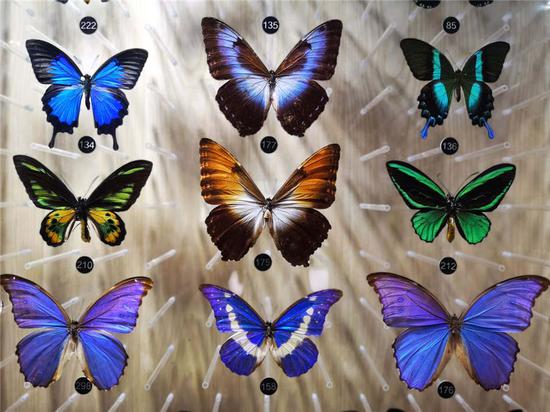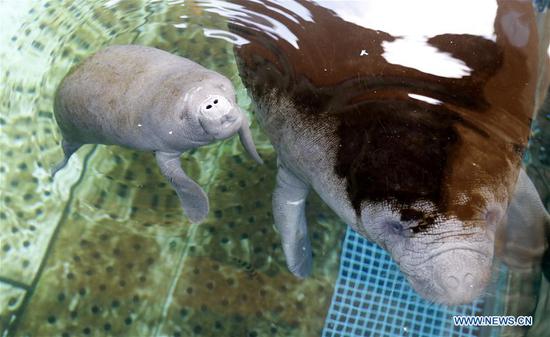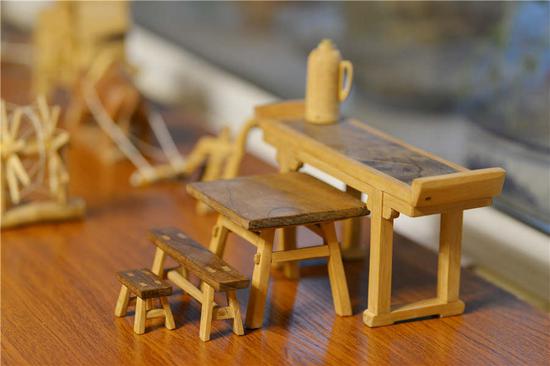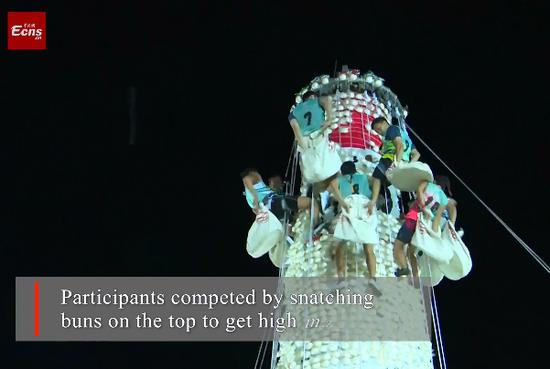A Wallaby-like dinosaur that has been extinct for 100 million years will be bought "back to life" by Australian researchers.
A team of scientists at Deakin University is using a world-first approach combining three-dimensional (3D) printing virtual reality (VR) technology to re-create the wallaby-like leaellynasaura, an ornithopod native to Australia.
Palaeontologists at a site in the state's south-west near the Great Ocean Road have uncovered more than 200 bits of dinosaur and mammal bones in just 12 days.
Meanwhile, mechatronics students from Deakin are using the leaellynasaura bones uncovered to create a 3D model of the dinosaur on a computer which will eventually be printed.
When completed, the project will be displayed at Geelong's National Wool Museum in what is being described as a world-first.
Experts from Deakin's Virtual Reality Lab will then create a VR experience to make the tactile 3D-printed model of the dinosaur appear real.
Ben Hornan, a co-founder of the project, said he hoped the experience would further the general population's knowledge of dinosaurs that once roamed Australia.
"We're looking at how we can use virtual reality and 3D printing to help with providing educational experiences in a museum context," Horan told the Australian Broadcasting Corporation (ABC) on Friday.
"Dinosaurs are something that excites most people, including myself. So we thought 3D printing, dinosaurs and virtual reality would be a great combination."
"In the museum with the virtual reality headset, which will provide you with audio and video, you can see inside, look around and see the dinosaur dig and then reach down and touch the tactile 3D-printed dinosaur," said Horan.
"So we are doing experiments on how we can best print dinosaur-like skin so people will not just feel the geometry, the size and the scale but also the contour of the skin as well."
Researchers believe they will be able to replicate the skin of a leaellynasaura by scanning a blue tongue lizard, which has scaly skin similar to that of the dinosaur, and 3D-printing its scales.
The leaellynasaura was a small herbivore and was thus understood to be a shy dinosaur, so participants who put the VR glasses on will be warned to approach it with care.
"It'll probably be a little concerned about people coming into its forest and filming it. So you don't have to feel scared, you might have to be a little bit careful yourself not to scare the dinosaur because it'll be on the lookout for anything that's going to harm it," Hornan said.
"Eventually if you get to know it maybe it could be a friend you could take out on a lead for a walk."
Patricia Vickers-Rich, the scientists who discovered the leaellynasaura in the 1980s, said the project was an exciting new way to communicate her work.
"I think what we're trying to do is wake up the Australian public to the fact that we have some really cool unique material here," Vickers-Rich said.










